Is Pizza Healthy?
Introduction
Pizza is one of the most beloved and widely consumed foods across the globe. Originating from Italy, it has become a culinary icon with countless variations. Whether it’s a classic Margherita, a meat-loaded pepperoni, or a veggie delight, pizza can suit almost every taste. But behind its universal popularity lies a lingering question that often stirs debate: Is pizza healthy?
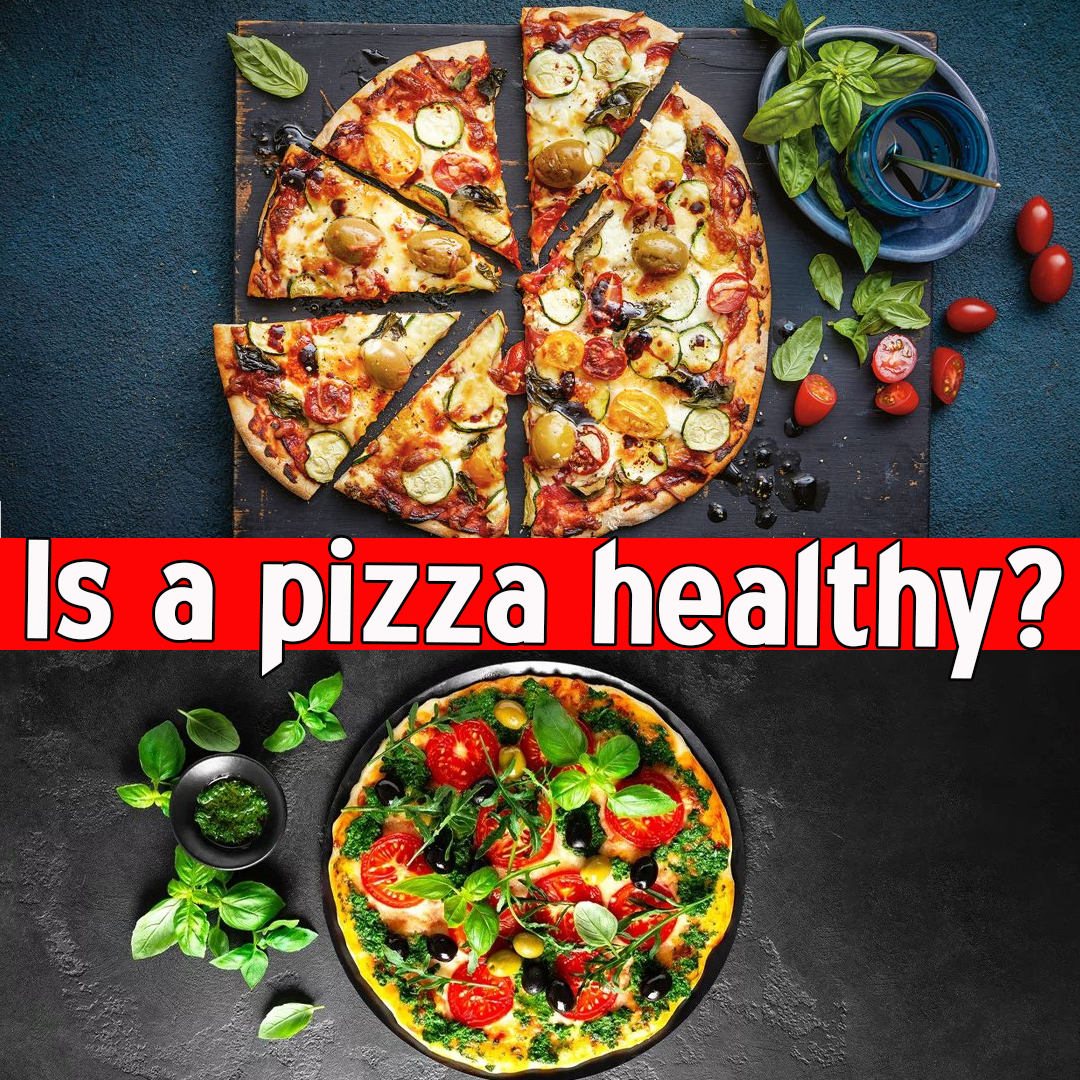
Is a pizza healthy?
1. Understanding Pizza’s Composition
A standard pizza typically includes:
- Crust (Base): Made of refined white flour, whole wheat flour, or gluten-free alternatives.
- Sauce: Usually tomato-based, seasoned with herbs and sometimes sugar.
- Cheese: Commonly mozzarella, but also includes parmesan, cheddar, or blends.
- Toppings: A wide variety — vegetables, meats, seafood, fruits (like pineapple), and more.
- Oil/Fats: Used in the dough or added during cooking.
Depending on the type and portion size, the health value of a pizza can vary significantly.
2. Nutritional Profile of Pizza
Here’s a general overview of what pizza offers nutritionally (per slice of medium-sized pizza, ~100–120g):
| Nutrient | Approximate Amount |
|---|---|
| Calories | 250–400 kcal |
| Carbohydrates | 30–45g |
| Protein | 10–20g |
| Fat | 10–20g |
| Saturated Fat | 3–6g |
| Sodium | 500–800mg |
| Fiber | 1–4g |
| Sugars | 2–6g |
Note: These values change based on crust type, cheese quantity, sauce, and toppings.
3. Potential Health Benefits of Pizza
Surprisingly, pizza can offer some nutritional benefits, especially when made with balanced ingredients:
a. Source of Protein
Cheese and meat toppings provide high-quality protein, essential for muscle repair and metabolic health.
b. Rich in Calcium
Thanks to cheese, pizza is a good source of calcium, which is vital for bone strength and nerve function.
c. Lycopene in Tomato Sauce
Tomato sauce is rich in lycopene, an antioxidant linked to lower risks of certain cancers and heart disease.
d. Inclusion of Vegetables
Veggie toppings (like spinach, peppers, mushrooms, onions, and olives) contribute fiber, antioxidants, and vitamins.
e. Whole Grains (if using whole wheat crust)
Opting for a whole wheat crust adds complex carbohydrates, which help regulate blood sugar and provide sustained energy.
4. Unhealthy Aspects of Pizza
Despite its potential upsides, many types of pizza raise significant health concerns:
a. High in Saturated Fat
Regular pizzas, especially those with extra cheese and processed meats (like pepperoni, sausage, bacon), are high in saturated fat, increasing bad cholesterol (LDL) and heart disease risk.
b. Excessive Sodium
Both processed meats and cheese contain a large amount of salt. A few slices can push sodium intake past the daily limit (2300 mg), increasing hypertension risk.
c. High-Calorie Content
Large portions or deep-dish varieties are calorie-dense, leading to weight gain if eaten frequently and without portion control.
d. Refined Carbs
Traditional crusts made from white flour offer minimal nutrients and spike blood sugar, especially problematic for people with diabetes or insulin resistance.
e. Ultra-Processed Ingredients
Many frozen or fast-food pizzas contain preservatives, added sugars, artificial flavors, and trans fats, which are harmful when consumed regularly.
5. Types of Pizza: Health Comparison
a. Homemade Pizza
Healthiest Option — You control the ingredients. Opt for:
- Whole grain or cauliflower crust
- Homemade low-sugar tomato sauce
- Moderate cheese
- Lean protein (grilled chicken, paneer, tofu)
- Colorful veggies
Pros: Fresh ingredients, low sodium, customizable
Cons: Requires preparation time
b. Restaurant Pizza
Quality varies:
- Gourmet pizzerias may offer organic or artisan pizzas with high-quality toppings
- Chains like Domino’s, Pizza Hut, and Papa John’s are often loaded with fat, salt, and refined carbs
Pros: Convenience, taste
Cons: High calorie, processed ingredients, unhealthy fats
c. Frozen Pizza
Generally the least healthy:
- Often contains preservatives, high sodium, refined flour, and trans fats
Pros: Shelf-stable, affordable
Cons: Nutritionally poor, processed
6. Is Pizza Healthy for Specific Diets?
a. Weight Loss
- Regular pizza is not ideal due to high calorie and fat content
- Opt for thin crust, no processed meats, add veggies, and limit cheese
- Use portion control: 1–2 slices with a side salad can work
b. Diabetic Diet
- Refined crust and sugar-laden sauces can spike blood sugar
- Choose whole wheat or cauliflower crust, minimal sauce, and lean protein
c. Heart-Healthy Diet
- Avoid saturated fat and sodium
- Use low-fat cheese, vegetables, olive oil, and skip red meat
d. Vegetarian/Vegan
- Vegetarian pizzas can be very healthy if loaded with vegetables
- Vegan cheese and plant-based meat alternatives are increasingly available
7. How Often Is Too Often?
Eating pizza occasionally (once a week or less) is generally fine for healthy individuals. However, eating it frequently (3–5 times per week) — especially processed varieties — can lead to:
- Weight gain
- Heart problems
- High blood pressure
- Nutrient imbalances
Balance is key. Treat pizza as a pleasure food, not a dietary staple.
8. Tips to Make Pizza Healthier
Here are some ways to enjoy pizza guilt-free:
✅ Crust Choices
- Whole wheat flour
- Almond flour or cauliflower crust
- Thin crust instead of thick or pan crust
Sauce Selection
- Use homemade tomato sauce (less sugar and sodium)
- Try pesto, hummus, or yogurt-based sauces for variety
✅ Cheese Wisely
- Use less cheese or opt for part-skim mozzarella or vegan cheese
- Avoid extra cheese or stuffed crusts
✅ Go Heavy on Veggies
- Bell peppers, spinach, mushrooms, broccoli, tomatoes, olives — the more the merrier
Lean Proteins
- Choose grilled chicken, turkey, shrimp, or plant-based proteins over bacon, sausage, or pepperoni
✅ Watch Portion Size
- One or two slices with salad or soup on the side is a balanced meal
✅ Bake, Don’t Fry
- Avoid deep-fried crusts or pan-fried versions
9. Cultural Perspective: Pizza Around the World
Pizza is interpreted differently across cultures:
- Italy: Thin crust, light sauce, moderate cheese — Mediterranean diet friendly
- USA: Thick crusts, extra cheese, processed meats — high in fat and calories
- India: Fusion toppings — paneer, tandoori chicken, spicy sauces — can be customized for health
- Japan/Korea: Seafood toppings, sweet sauces — some healthier, some indulgent
Your location often dictates how healthy or unhealthy your pizza options are.
10. What Do Nutritionists and Doctors Say?
Most health professionals agree that:
- Pizza can be part of a healthy diet if made wisely
- Focus should be on ingredients, portion control, and frequency
- It shouldn’t replace balanced meals with vegetables, whole grains, and lean proteins
- Homemade versions are significantly better than store-bought ones
Conclusion
So, is pizza healthy? The answer isn’t black and white — it depends on how it’s made, what’s in it, how much you eat, and how often.
- Healthy if: It’s made with whole grains, fresh vegetables, lean protein, and consumed in moderation
- Unhealthy if: It’s high in processed meat, cheese, refined flour, sodium, and eaten excessively
Pizza is not inherently bad. Like many comfort foods, balance and mindfulness are key. With smart choices, pizza can be transformed from a guilty pleasure into a reasonably healthy meal.

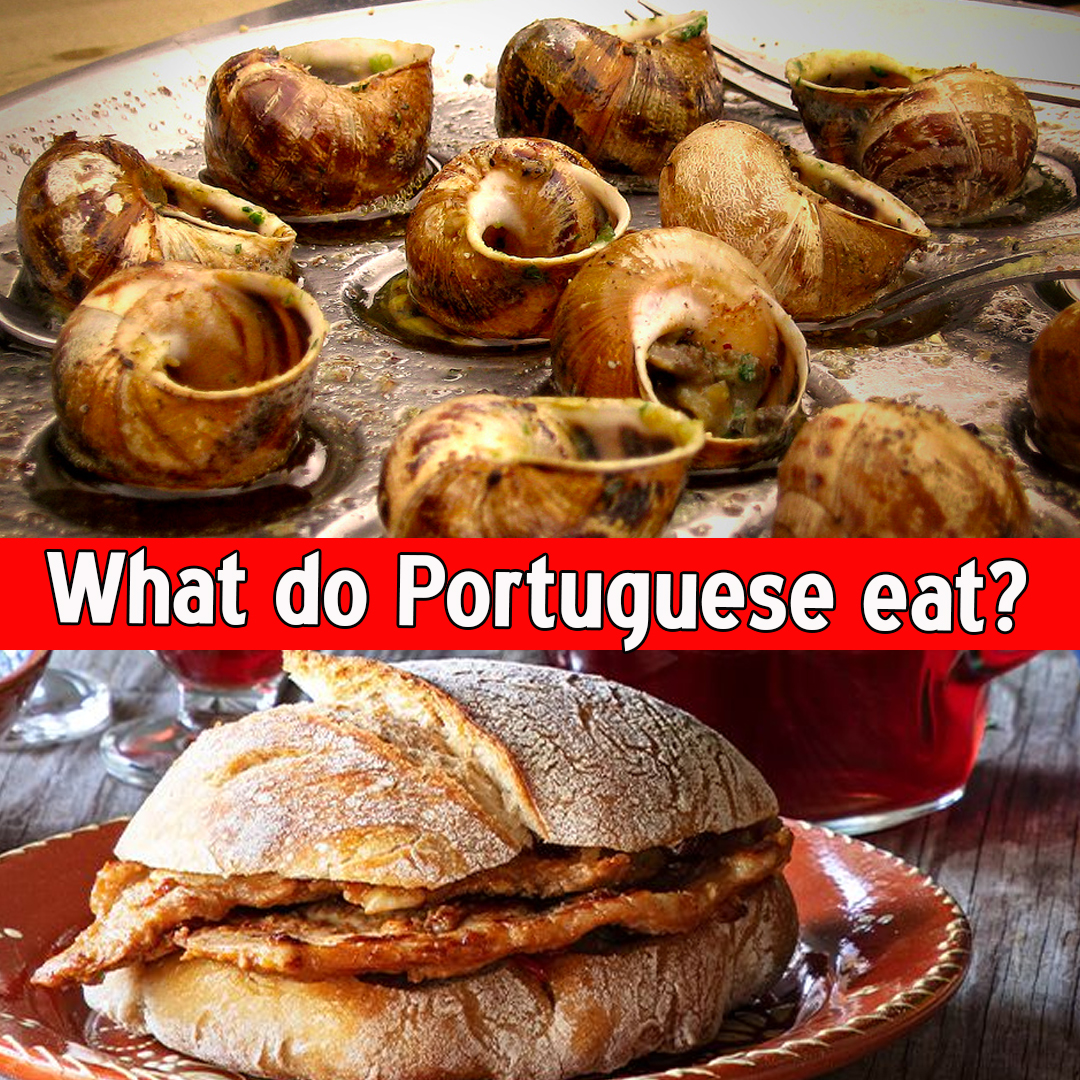


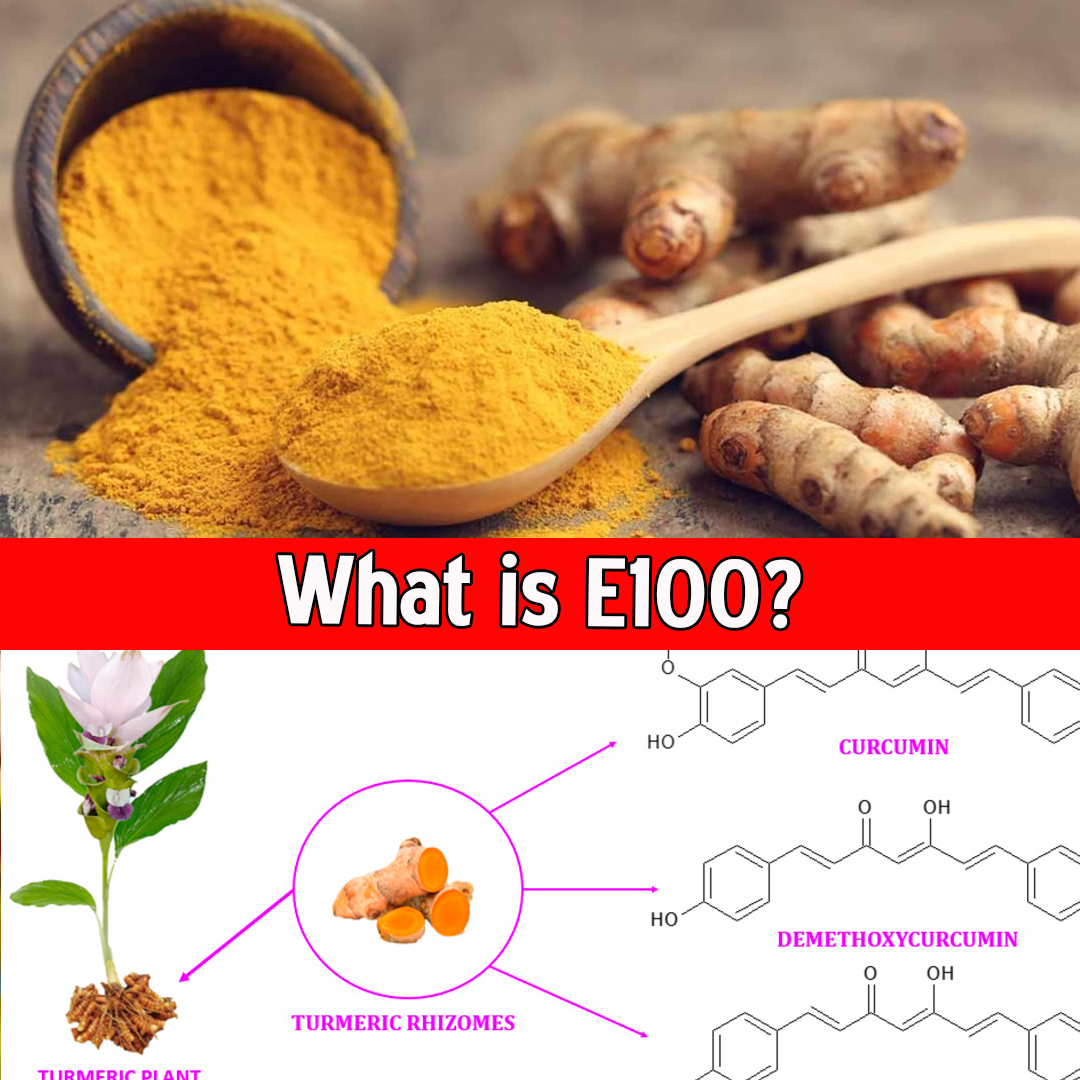

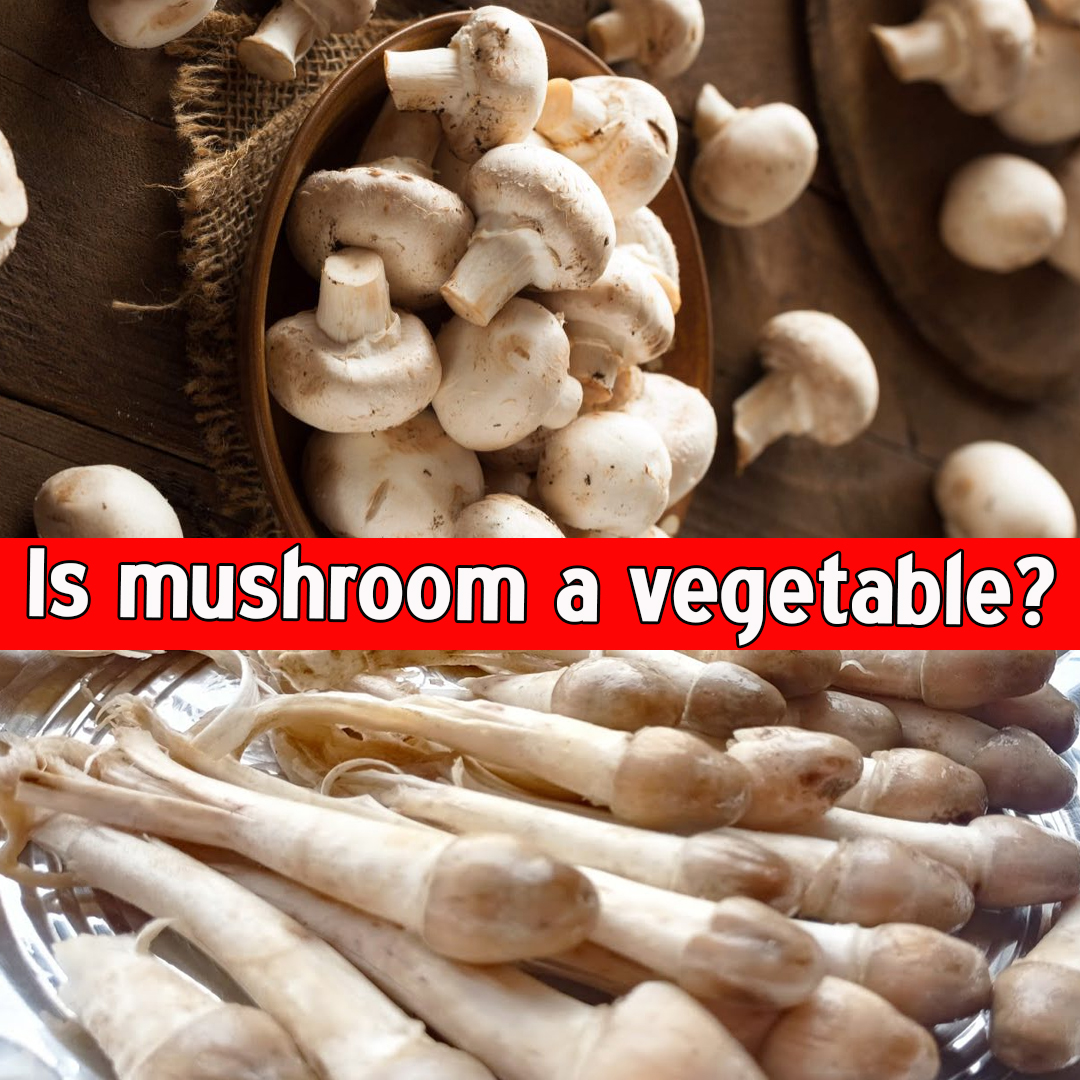

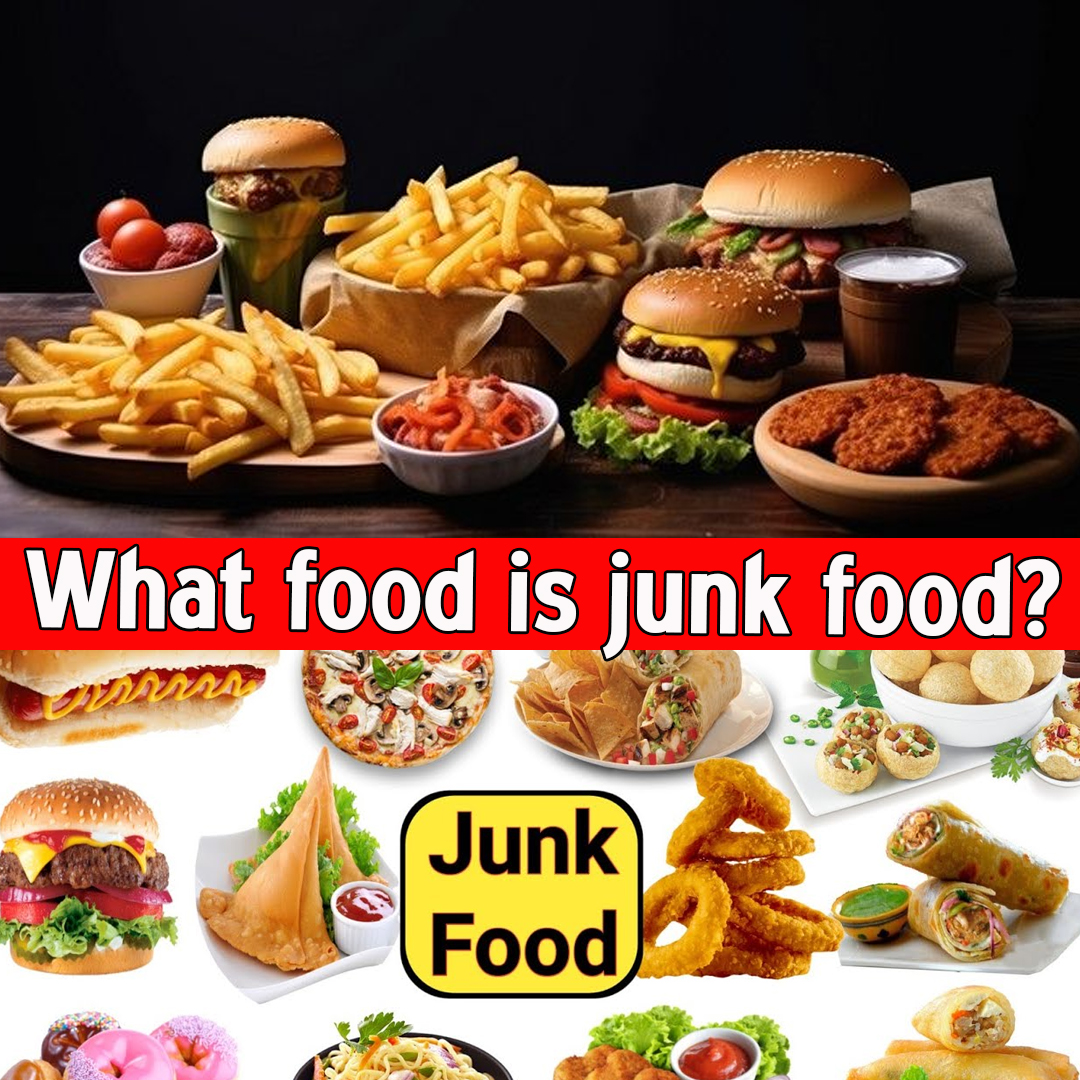



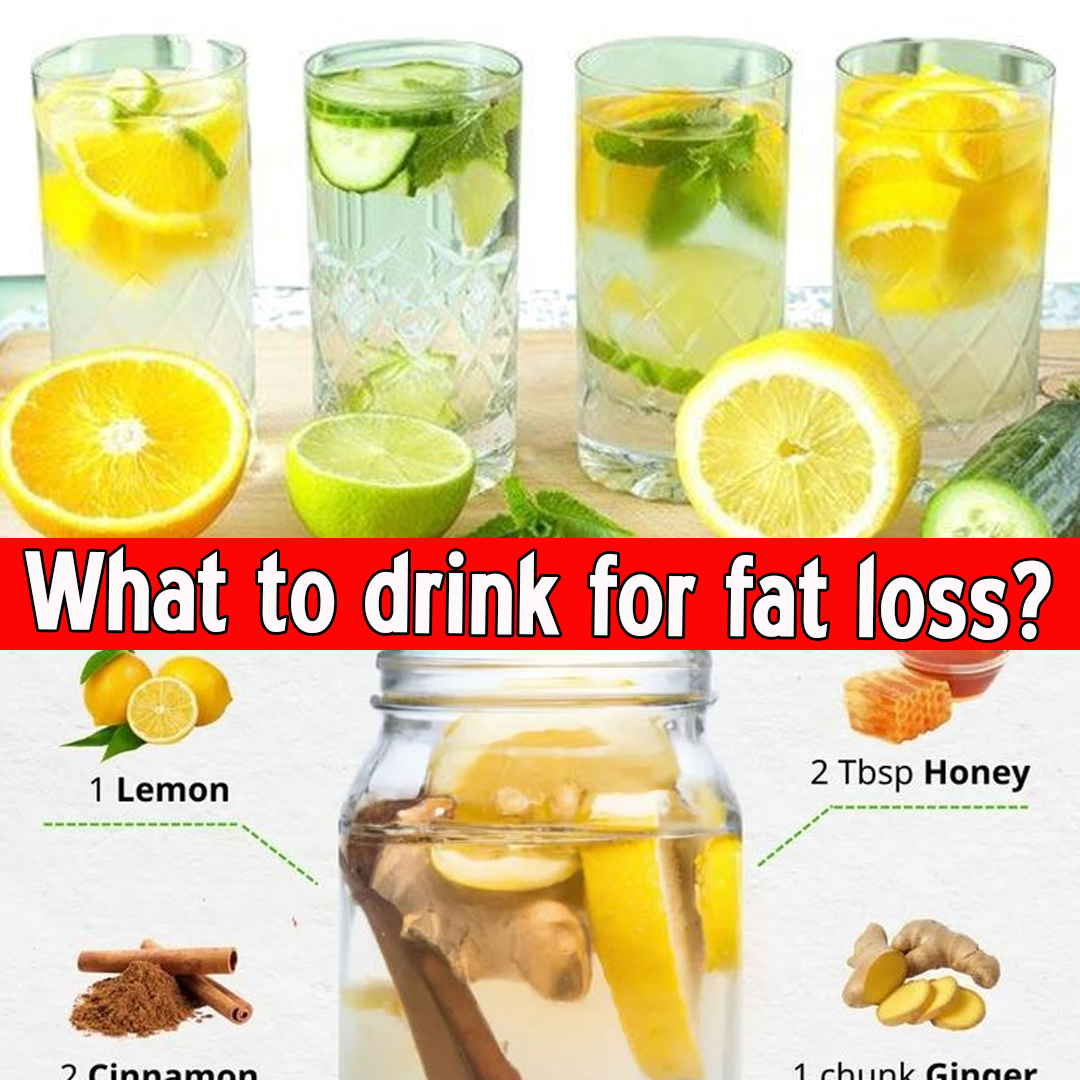
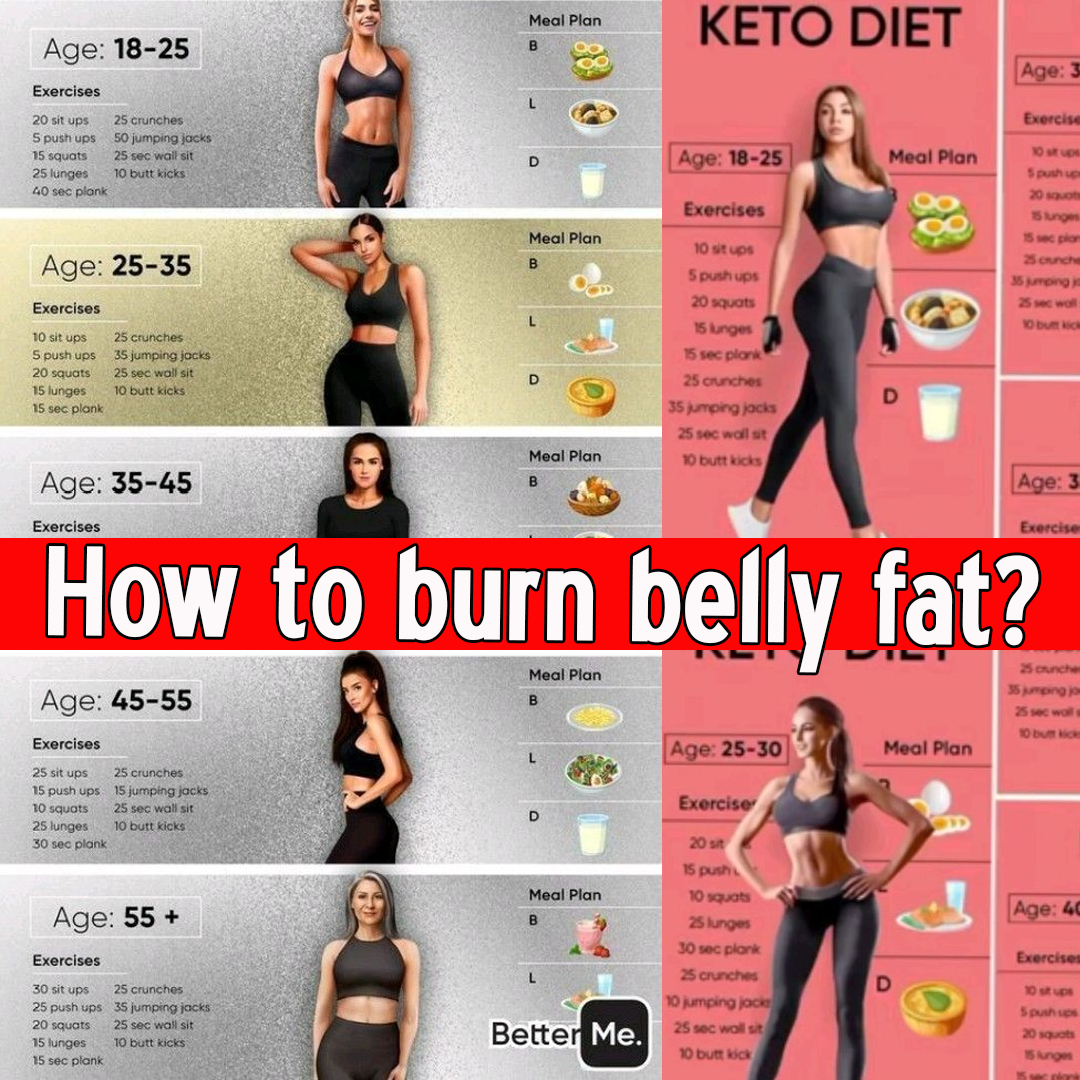

Leave a Reply